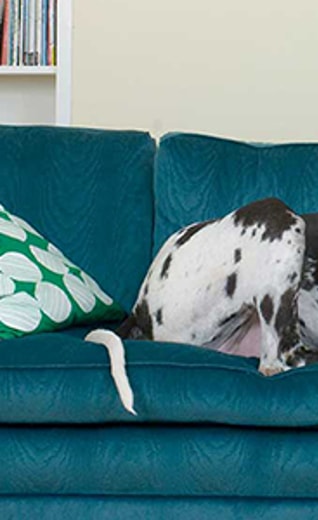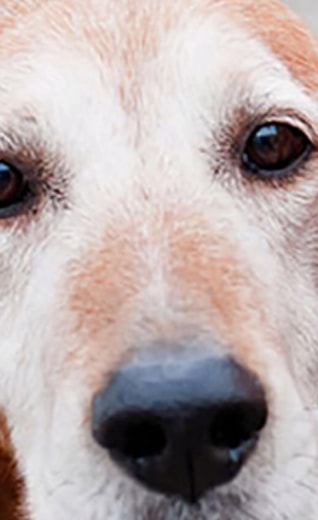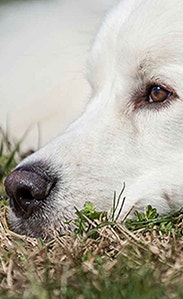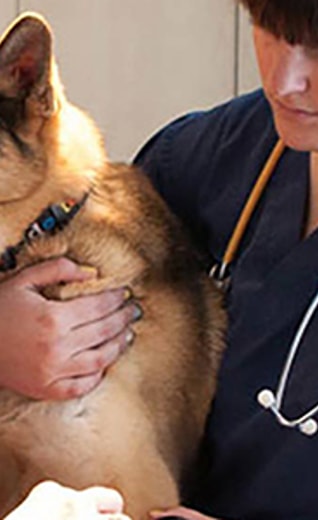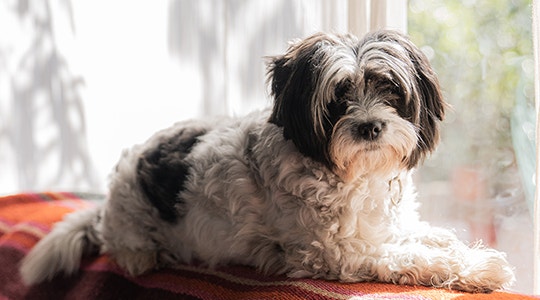
The Shih Tzu’s Changing Coat Colors
A good rule of thumb when choosing a Shih Tzu puppy is never to base your decision on color. That's because the breed is well known for changing coat colors as he enters adulthood. In fact, by the time your Shih Tzu celebrates his first birthday, he may be a completely different color than he was when you brought him home.
For example, a puppy that has gold hair at birth may turn orange and one that is blue at birth can turn gray by his first birthday—and those born black may lighten over time. The only coat color that remains true is the black-and-white combination.
What accounts for these shifts in shade? Very simply, it's a matter of genetics. Two distinct genes determine whether a Shih Tzu's coat will lighten or gray over time—and what his ultimate color will be.
Fading: If a Shih Tzu carries the 'G' gene, his coat will fade as he gets older. You will notice fading in puppies as young as a month old. Fading will continue until the dog reaches his first birthday.
Graying: If a dog carries the Chinchilla gene (CH series) he is likely to change colors as well, but not in the same way as fading. Instead, the dog's coat will turn a rich, silver color.
While it has not been proven, some breeders think that environmental factors such as climate, stress, and diet can trigger changes in coat color, too.
The good news for those who plan to show their Shih Tzu is that any and all colors are equally valued and recognized by the AKC. And for those who just have a Shih Tzu as a family pet, what matters most is that you have a healthy, loving companion—no matter what his color.




